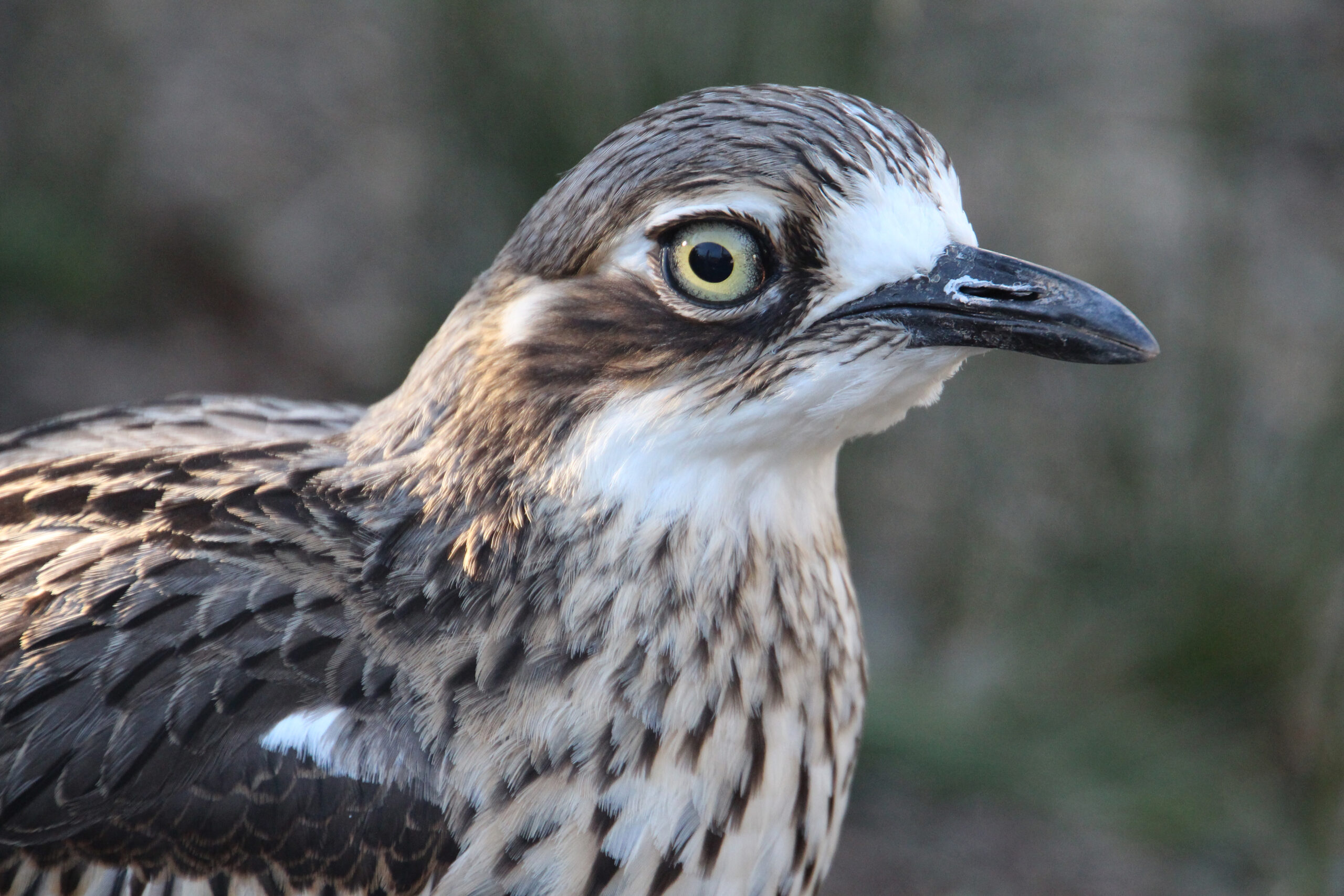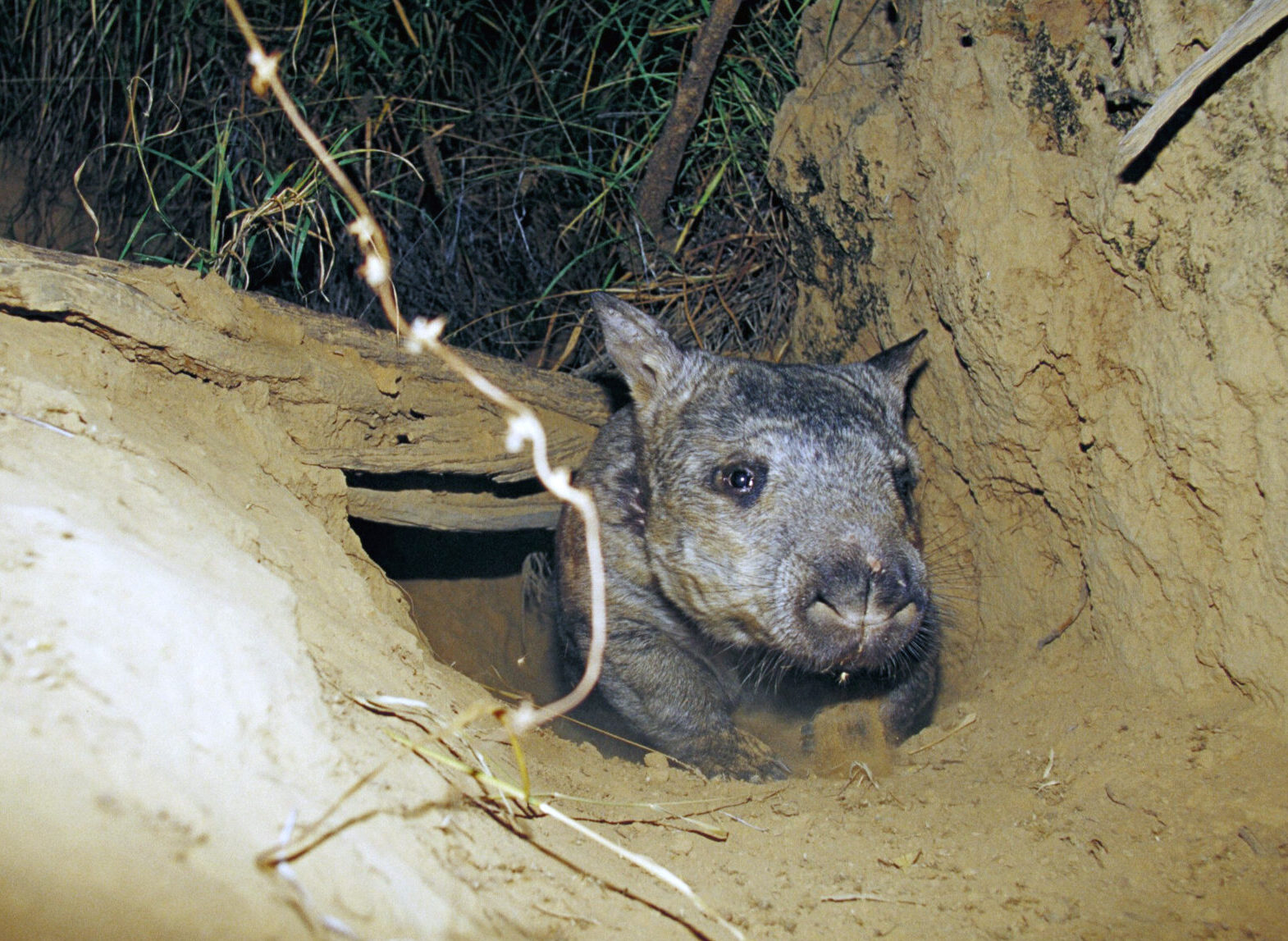| Common name | Bull ant |
| Scientific name | Myrmecia spp. |
| Type | Insect |
| Diet | A range of insects and other invertebrates as well as nectar, seeds, fruit and ‘honeydew’ produced by other insects |
| Average lifespan | Depending on the species varies from about 1-2 years in workers, which is longer than for many other ant groups. Queens can live for up to 15 years |
| Size | Up to 40mm long |
This sizeable ant group of almost 90 known species, including some that have been responsible for deaths in people, is almost exclusively Australian. All but one species, which is found in New Caledonia, occurs naturally only in Australia.
They’re found right across the mainland and in Tasmania but are most common in the county’s south-east.
Bull ants are mostly large ants, characterised by long, lean bodies, big eyes and huge, powerful, forward-pointing mandibles that can inflict a painful bite.

It’s not, however, the bite that you need to be worried about – although it’s certainly worth avoiding, particularly in the bigger species. It’s the sting located near the abdomen of these ants that you should be cautious of as this can inject a powerful venom that’s been known cause a sometimes deadly allergic reaction in people.
Most bull ant species are highly aggressive, have exceptional eyesight and will relentlessly target anything they see as a threat – and that means people. Unlike bees, which can sting only once, bull ants can use their sting repeatedly. If you’re stung an icepack can help relieve pain and swelling but seek medical attention quickly if you show any signs of an allergic reaction.
The smaller species, which often jump very quickly at threats, are commonly known as jumper ants.

Bulls ants live in colonies in subterranean nests that often have only a small opening but can spread for many meters underground.
The can support as many as 3000 individuals organised according to strict social structures.
A colony is comprised of: mostly of sterile female workers who forage on the ground and tend to eggs and larval ants; fertile females who briefly fly then live in the dark underground as queens for up to 15 years; and winged fertile males who have a short life flying in search of a queen to mate with before dying.
Recent research at the Australian National University identified that worker ants have highly developed night vison while their winged counterparts have better daytime vision.
The adult ants eat mostly nectar and sweet sticky honeydew excreted onto leaves by various insects, but ant larva are carnivorous and eat small insects captured and brought back to them by worker ants.





